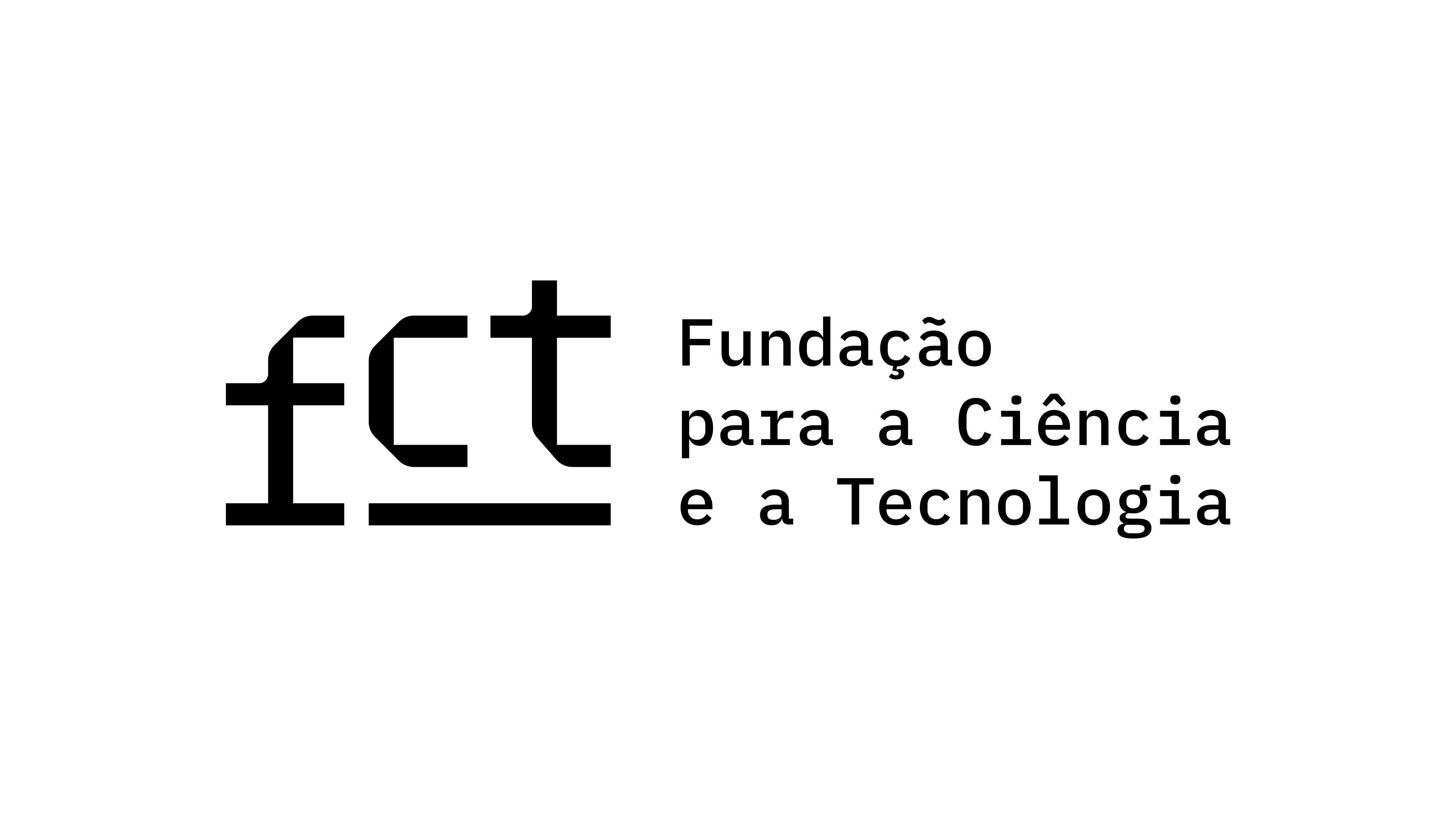The Portrayal of Dignified Death, Euthanasia, and Other Rituals of Passage In Japanese Cinema. End-Of-Life Practices and Bereavement In “The Ballad Of Narayama (1983)
DOI:
https://doi.org/10.34619/z4xi-ksadKeywords:
Japanese cinema, Narayama, Imamura Shōhei, Euthanasia, InfanticideAbstract
The present essay aims to explore narratives of dignified death, euthanasia, and infanticide in The Ballad of Narayama, one of the masterpieces of renowned Japanese director Shōhei Imamura. The film depicts a morally and ethically complex experiment of projecting a virtual cinematic world, where euthanizing the elders is one of the basic social conventions, and deeds such as matricide, patricide, or infanticide are by no means uncommon. Drawing upon the mythic and literary narratives of the obasute legend, The Ballad of Narayama follows the development of the psychological and emotional conflict of the main character, Orin Neko, together with exploring the ethical and moral dynamics of this rural, alternative world associated with intricate rituals of passing. The contextual analysis will refer to several significant narrative modes (birth, abortion, dying, death, bereavement, and memorialization), analyzed from the perspectives of the village, Orin, and, finally, Tatsuhei, her first son. The innovation of the present study lies in drawing attention to the linguistic aspect, more specifically the nuances provided by the Japanese language spoken by the characters. Likewise, we have incorporated many untranslated Japanese language academic resources, in an attempt to balance the Western-centric perspective and the wide array of English–language research papers available on this topic.Downloads
Published
2022-12-30
How to Cite
Pelea, C. I. (2022). The Portrayal of Dignified Death, Euthanasia, and Other Rituals of Passage In Japanese Cinema. End-Of-Life Practices and Bereavement In “The Ballad Of Narayama (1983). Cinema: Journal of Philosophy and the Moving Image, (14), 94–115. https://doi.org/10.34619/z4xi-ksad
Issue
Section
Articles
License
Copyright (c) 2022 Cinema: Journal of Philosophy and the Moving Image

This work is licensed under a Creative Commons Attribution 4.0 International License.




